KQED Arts: A Ride on the ‘Arty Bus’ with Oakland Painter Sloane Gross
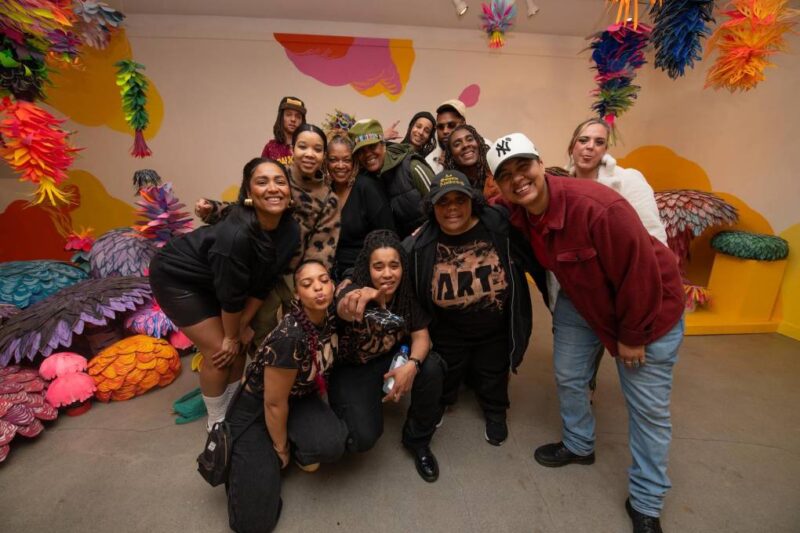
Pendarvis Harshaw | March 18, 2025 Art lovers in the Bay Area are often faced with a funny conundrum: art is everywhere, but given traffic and the geographic size of the nine-county region, it’s hard to get to all of it. That was the intriguing pitch behind Sloane Gross’ Arty Bus, a party bus that took […]
Richmond Standard: Richmond artist John Wehrle poised for local exhibit in April
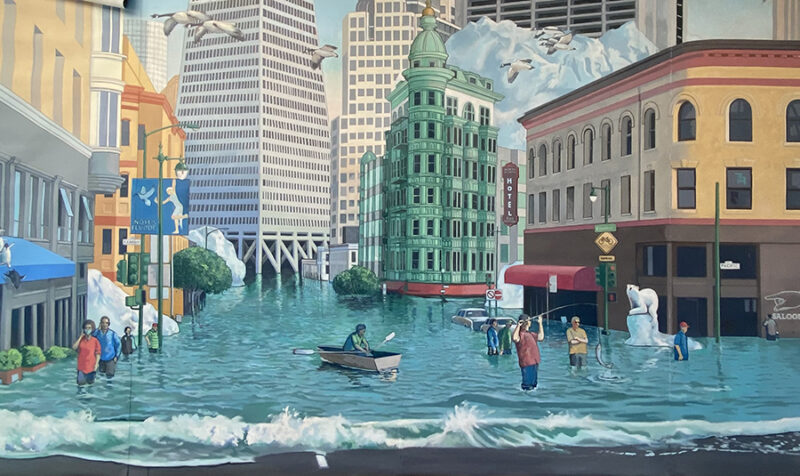
March 14, 2025 By Kathy Chouteau In the first major exhibition of its kind for Richmond-based artist John Wehrle, the Richmond Art Center will present “Time & Tide: The Art of John Wehrle” April 9 through June 14, 2025. Wehrle is renowned for his Richmond murals—which also appear throughout the Bay Area, California and the […]
KQED Arts: Art to See at the Start of 2025 (Daniel ‘Attaboy’ Seifert, ‘Upcycled Garden’)
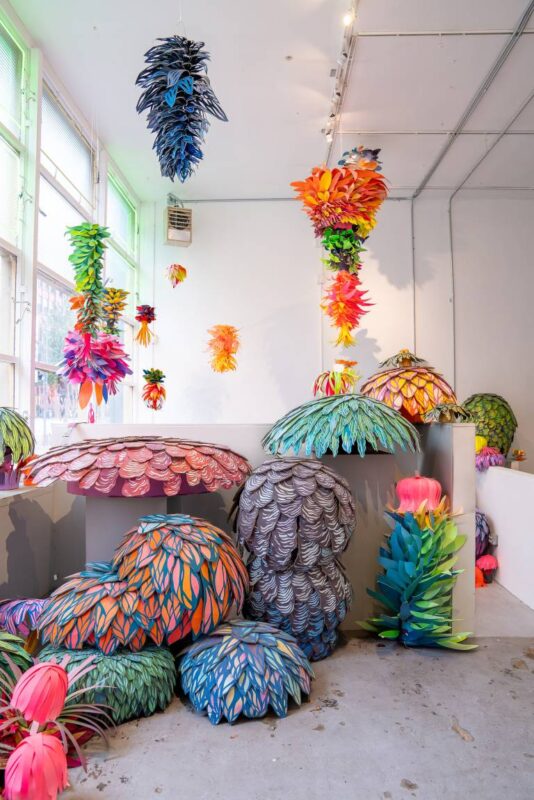
By Sarah Hotchkiss Jan 6, 2025 Other than September, there is no bigger month for Bay Area visual art than January. Major shows open, year-long projects kick off, and the FOG Design+Art Fair (Jan. 23–25) caps off SF Art Week, a jam-packed affair running Jan. 18–26 which includes programming well beyond that titular city. We’ve […]
Richmond Confidential: Richmond Art Center gives artists and artisans a market to sell their work during the holidays
Paul Ghusar on December 8, 2024 The Richmond Art Center buzzed Sunday with visitors, as they explored handcrafted goods and engaged with artists and artisans at the Holiday Arts Festival. The festival began 62 years ago as a craft-focused event and has blossomed into an annual tradition, celebrating the spirit of creativity, said Amy Spencer, the […]
Richmond Confidential: Looking for holiday gifts or fun? The Richmond Art Center has you covered
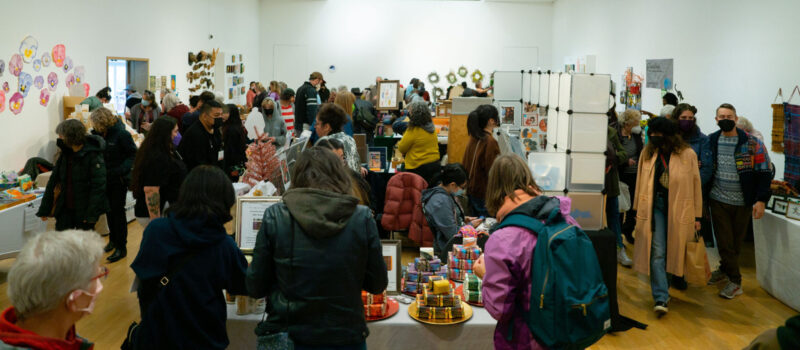
Edith Matthias on December 6, 2024 The annual Holiday Arts Festival will return to the Richmond Art Center for its 62nd year on Sunday, with over 50 local arts and crafts vendors, live music, food, and art activities to create your own holiday gifts. Everything from ceramics to knitwear will be showcased by artists from across the Bay […]
Local News Matters: Best Bets: ‘Sentinels & Saviors’
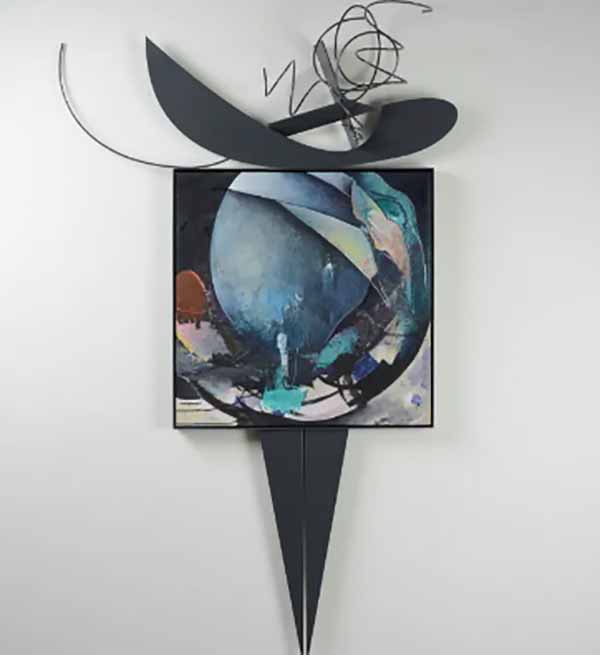
Weblink: https://localnewsmatters.org/2024/10/16/best-bets-sentinels-saviors-sf-music-day-bass-cello-violin-trio-king-james-matchbox-magic-flute/ Local News Matters Best Bets: ‘Sentinels & Saviors’ by The Artful Observer, Bay City News October 16, 2024 Art for a turbulent era: At a time when it’s hard not to focus on the tension, strife, controversy and bad mojo swirling around, here’s an exhibit illustrating how the key to serenity lies within each of […]
Richmond Standard: Richmond Art Center preps for ‘Día de los Muertos: Fall Family Day’

Weblink: https://richmondstandard.com/richmond/2024/10/15/richmond-art-center-preps-for-dia-de-los-muertos-fall-family-day Richmond Standard Richmond Art Center preps for ‘Día de los Muertos: Fall Family Day’ By Kathy Chouteau | October 15, 2024 The Richmond Art Center (RAC) is diving in to the spirit of the season with a free-admission “Día de los Muertos: Fall Family Day” Saturday, Oct. 19 from 12-3 p.m. The center’s […]
Richmond Confidential: Tour the ‘Sentinels & Saviors: Iconic Avatars’ exhibit with artists at the Richmond Art Center
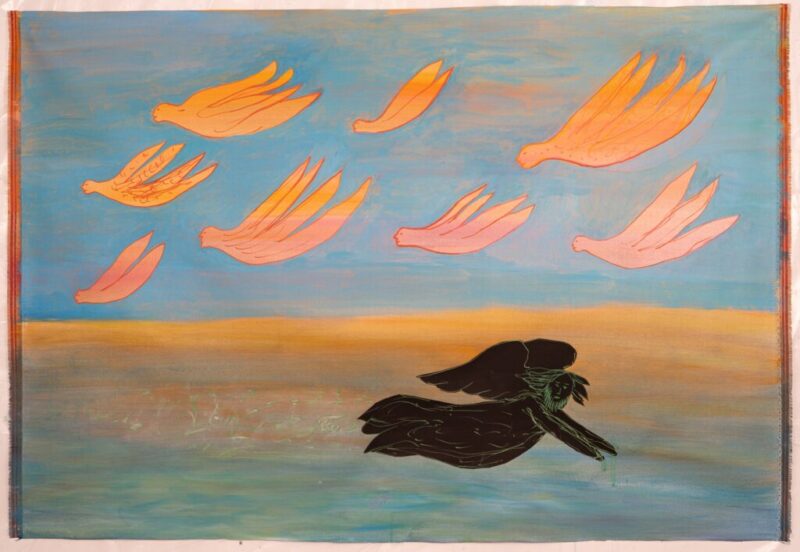
Weblink: https://richmondconfidential.org/2024/10/02/richmond-art-center-sentinels-saviors-iconic-avatars/ Richmond Confidential Tour the ‘Sentinels & Saviors: Iconic Avatars’ exhibit with artists at the Richmond Art Center Skylla Mumana on October 2, 2024 It was opening night. The air was buzzing with excitement. As Kim Thoman and Joell Jones scanned the room, they took a moment to take in their success. What they saw was not just a […]
Richmond Art Center Wins GOLD for ‘Best Art Gallery’ in 2024 East Bay Express Reader’s Picks
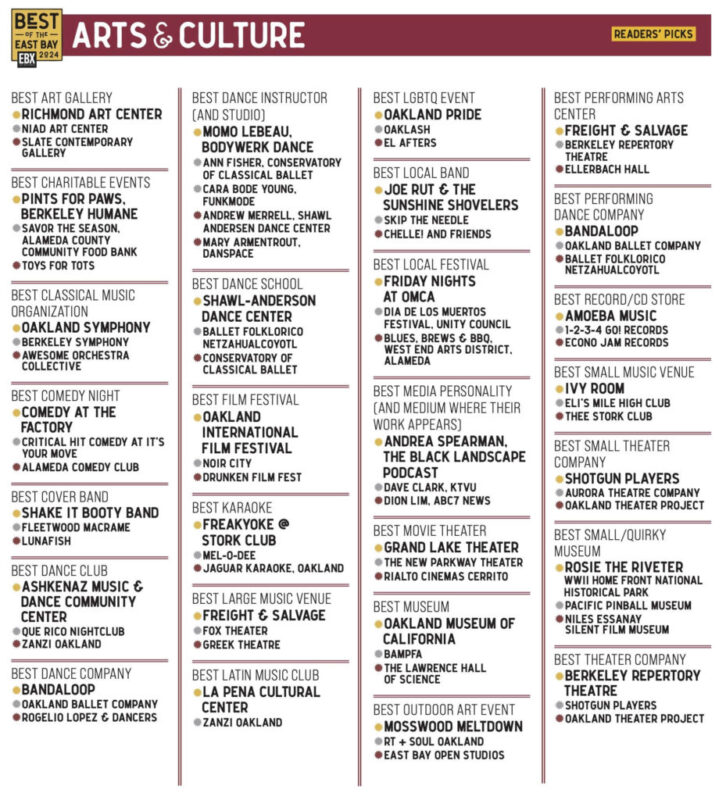
Richmond Art Center Wins GOLD for ‘Best Art Gallery’ in 2024 East Bay Express Reader’s Picks Thank you to everyone who voted for us. We’re honored to receive this award and excited to share the spotlight with our neighbor, NIAD Art Center (Silver). The arts in Richmond are truly thriving! Weblink: https://eastbayexpress.com/best-of-east-bay-2024-arts-and-culture/
Richmondside: What’s up
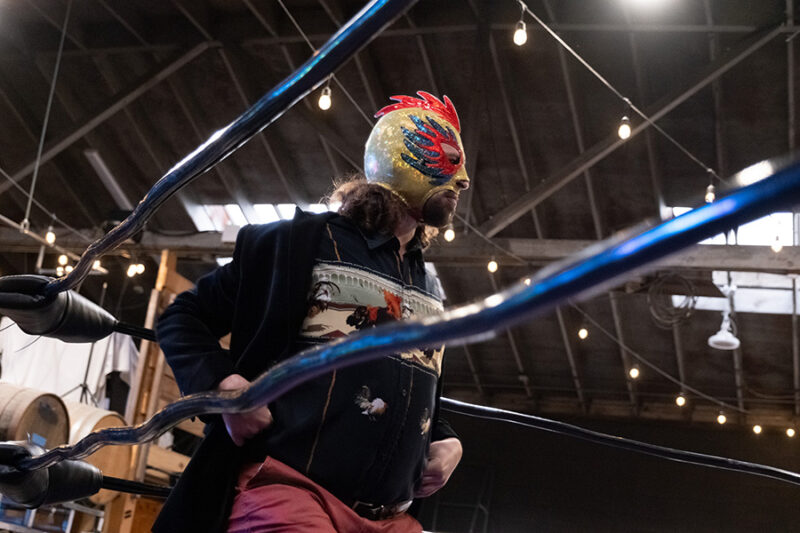
Weblink: https://richmondside.org/2024/09/12/richmond-ca-events-calendar-9-12/ Richmondside What’s up: 1st Richmond-San Pablo Latin American independence parade More events: Return of roller derby, breakfast aboard SS Red Oak Victory ship, live bats at library, shoreline clean-up. by David Mills Sept. 12, 2024, 6:00 a.m. Cont. Coming later this month and next month New art exhibits get a boost from wrestlers Sept. […]
